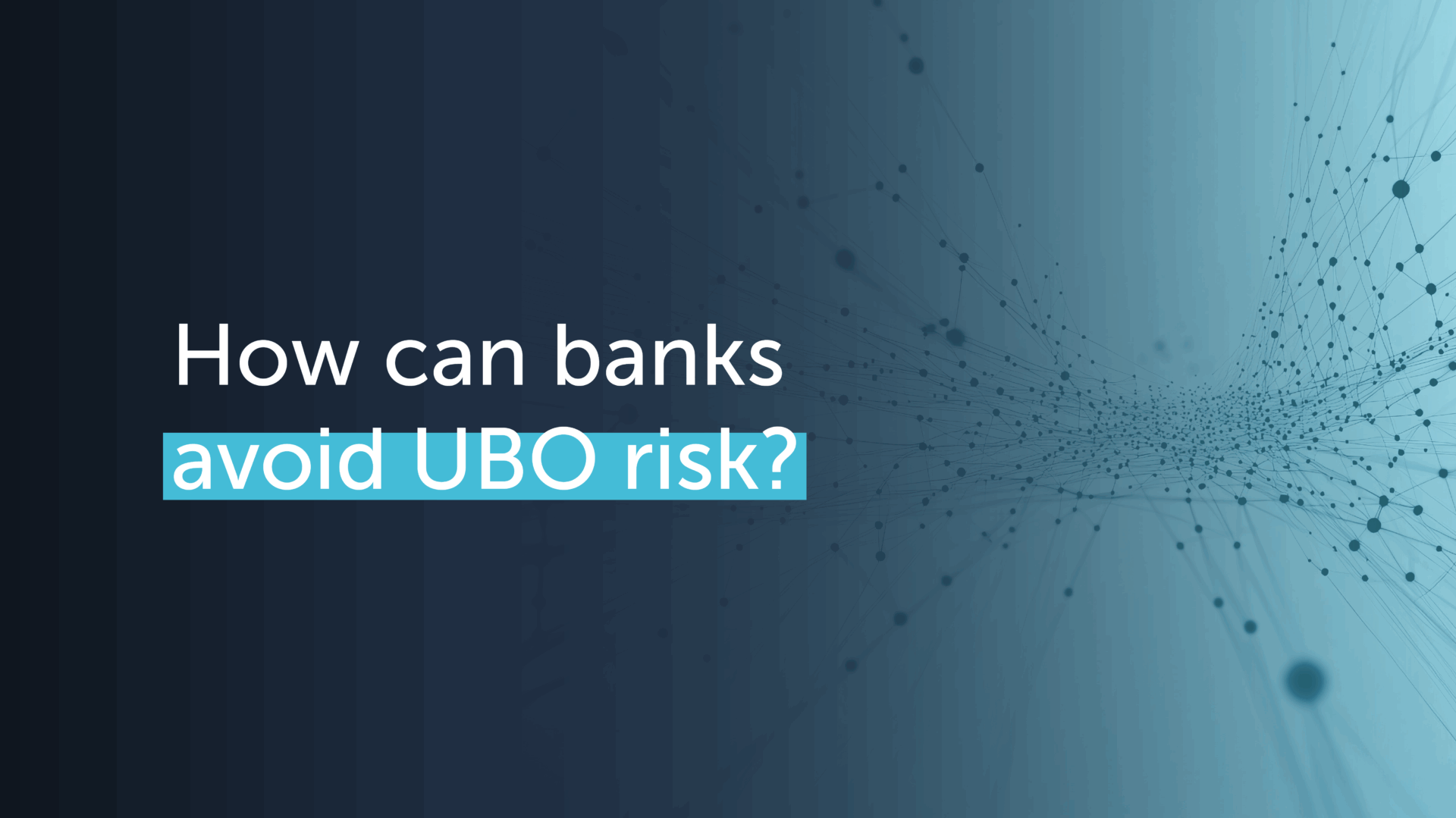What is the best way to identify beneficial ownership in banking?

Beneficial ownership rarely draws public attention, until something goes wrong. And when it does, it is often the result of complex corporate structures masking the real individuals behind accounts.
Banks that cannot accurately identify who ultimately owns or controls client entities face regulatory scrutiny and significant reputational damage.
So, what is the best way to identify beneficial ownership in banking? The short answer: a balanced combination of automation, high-quality data, and experienced human oversight.
Why is identifying beneficial ownership still so difficult for banks?
Let us rewind to 2016 and the Panama Papers.
The leak of over eleven million documents from Mossack Fonseca exposed how offshore structures are used. All be it legally but opaquely, to shield beneficial owners. Politicians, celebrities, and criminal actors alike used nominee directors, layered shell companies, and other legal tools to hide their interests. Many of these structures held bank accounts. And many banks missed the signs.
This is not just about fines, though those can reach billions. It is about protecting the financial system, and the bank’s own reputation. If a financial institution cannot say with certainty who controls the money in an account, how can it assess risk or comply with Anti-Money Laundering (AML) regulations?
How does automation help banks identify beneficial owners?
Faced with rising regulatory pressure and increasingly complex entities, many banks are turning to automation to help manage the burden.
On paper, the value proposition is strong.
Imagine onboarding a corporate client without spending hours digging through company filings. Automation can trace ownership through layers of entities, flagging shareholders buried three subsidiaries deep. It cross-checks names against company registries, sanctions lists, and watchlists in real time. Allowing compliance officers to focus on risk, not paperwork.
Automation also delivers sharper insights. Algorithms detect patterns in ownership networks long before human analysts spot them. The benefits are clear: faster onboarding, reduced error rates, more efficient teams, and a more proactive compliance posture.
What are the limitations of automation in beneficial ownership?
But as anyone working in compliance knows, nothing is ever that simple.
Automation is only as effective as the data it relies on. Many beneficial ownership registries are incomplete, outdated, or unavailable. Formats vary by country. Records can be unreliable. In short: garbage in, garbage out.
Then there is the complexity. Standard ownership structures are easy for automation to manage. But what about offshore trusts? Nested shell companies? Nominee directors? These perfectly legal structures are designed to obscure real ownership, and most systems still struggle to make sense of them.
On top of that, global definitions of “beneficial owner” differ, thresholds and obligations vary across jurisdictions, and rules are always evolving.
And do not forget infrastructure. Many banks still rely on legacy systems that do not integrate easily with modern automation platforms. Trying to bridge that gap can want to write a board report on an old Blackberry, possible, but painfully inefficient.
Finally, there is the issue of overconfidence. Automation can lead to complacency. Just because a system does not flag something, does not mean there is no risk. Beneficial ownership checks still need context and critical thinking. And that only comes from human judgment.
What are the real-world risks of poor ownership identification?
This is not a hypothetical problem.
In 2021, a network of criminals used shell companies registered in Cyprus to transfer illicit funds. These companies used nominee services and disclosed the bare minimum, enough to pass initial KYC checks. The beneficial owners remained hidden behind legal structures, while banks unwittingly facilitated their activity.
In the 1MDB scandal, funds moved across multiple jurisdictions using layered corporate entities that appeared legitimate, until deeper scrutiny revealed otherwise. In both cases, the systems failed not because the rules were not there, but because the tools and processes used to apply them were inadequate.
What should banks be doing to improve?
The best approach is not a choice between automation and manual review; it is the right combination of both.
Leading banks are implementing solutions that automate the heavy lifting: pulling registry data, mapping ownership paths, and screening for risk. But they also ensure that complex or suspicious cases are escalated for human review. These banks view beneficial ownership as a living, evolving risk profile, not a one-time check.
They are also focusing on improving data quality, integrating across systems, and investing in technology that adapts to regulatory change. Some are adopting platforms like Encompass that deliver automation built specifically for the needs of compliance teams, with built-in transparency and auditability.
What is the best way to identify beneficial ownership in banking?
The answer is not found in any one tool or checklist. It is a strategy.
- Automate where possible to reduce time, cost, and human error
- Use quality data, and be aware of its limitations
- Monitor for complexity, and flag it for expert review
- Keep systems aligned with evolving regulation
- And most importantly, never lose sight of the “why”
Because knowing who ultimately owns and controls your customer is not just about compliance. It is about trust, risk, and responsibility. And in today’s environment, no bank can afford to get that wrong.
Additional reading – Understanding ultimate beneficial ownership.
Discover corporate digital identity from Encompass